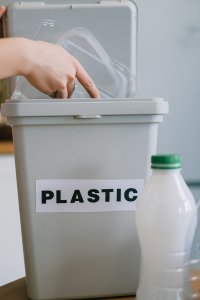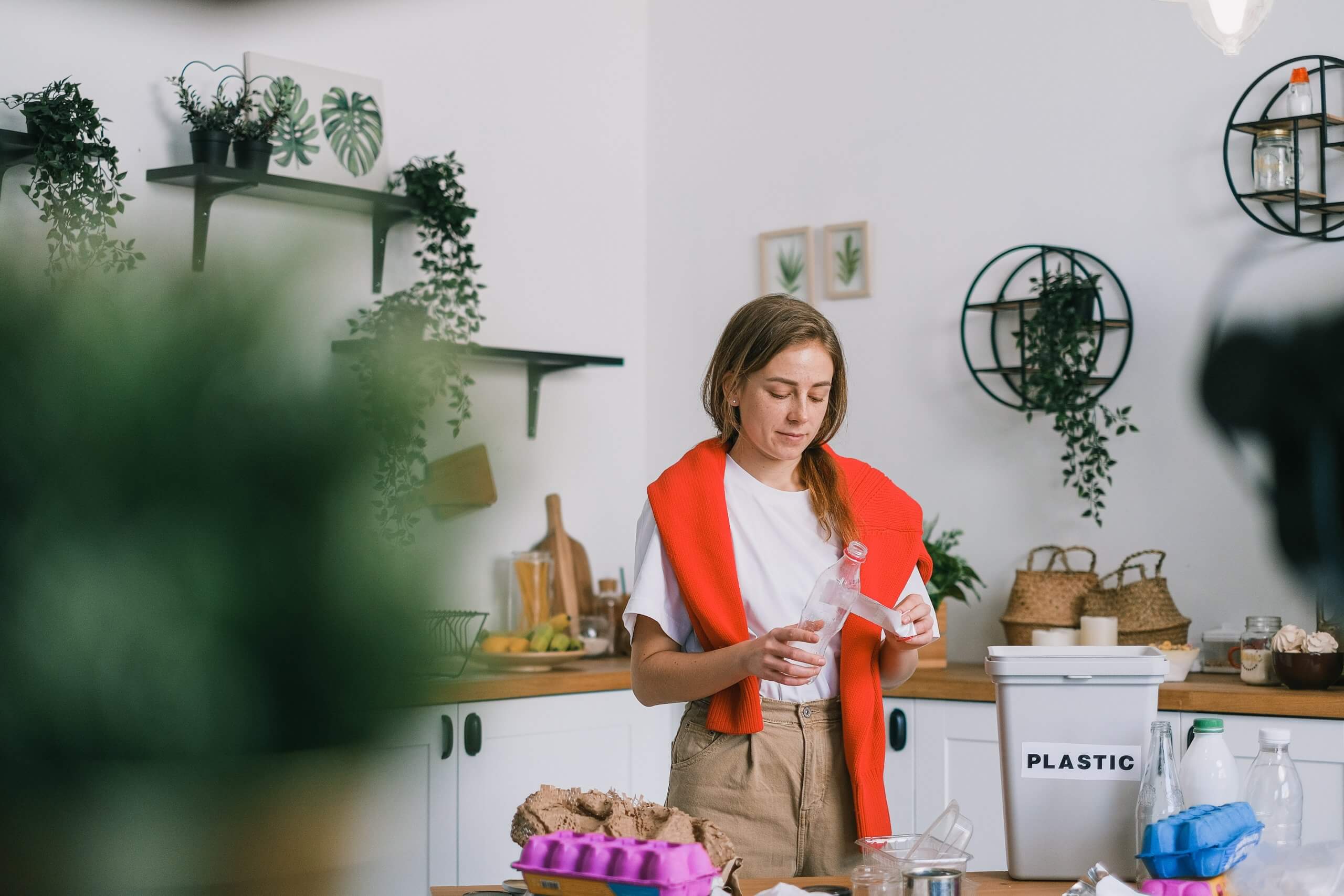In recent years, the world has seen a significant increase in the use of plastics, leading to devastating environmental impacts such as pollution, climate change, and the destruction of ecosystems. The need to break up with plastics has never been more critical in the fight to save the planet. Fortunately, biodegradable alternatives are readily available, and they offer a sustainable solution to the plastic crisis.
What are biodegradable plastic alternatives?
Biodegradable plastic alternatives are materials that can break down naturally in the environment, without leaving behind any harmful residues. These alternatives include materials such as paper, bamboo, and cornstarch. Unlike traditional plastics that can last for hundreds of years, biodegradable alternatives can break down in as little as six months, significantly reducing their impact on the environment.

Advantages of Biodegradable Alternatives
- Reduced Pollution: Biodegradable alternatives break down naturally, reducing pollution in water bodies and soil, thus preventing harm to marine and terrestrial life.
- Reduced Carbon Footprint: Biodegradable alternatives require less energy to produce, resulting in lower carbon emissions, and a smaller carbon footprint.
- Improved Soil Health: When biodegradable materials break down, they add organic matter to the soil, which helps improve soil health and fertility.
- Cost-Effective: While biodegradable alternatives may be more expensive in the short term, they have a lower environmental impact, which can save costs in the long term.
Biodegradable Alternatives to Plastic
- Paper:
Paper is a readily available and affordable alternative to plastic. It is biodegradable and can be recycled, making it a sustainable option for packaging materials.

- Bamboo:
Bamboo is a fast-growing plant that is biodegradable and can be used to make a variety of products, including utensils, straws, and cups.
- Cornstarch:
Cornstarch is a biodegradable alternative to plastic that is made from renewable resources. It can be used to make a variety of products, including packaging materials, straws, and utensils.
- Mushroom-based materials:
Mushroom-based materials are biodegradable and can be used to make a variety of products, including packaging materials, insulation, and building materials.

The Future of Biodegradable Alternatives
Biodegradable alternatives offer a sustainable solution to the plastic crisis. While they are still in the early stages of development, they hold great promise for the future. Advances in technology and manufacturing processes are likely to lead to the creation of new, innovative biodegradable materials that will help reduce the impact of plastics on the environment.
In conclusion, breaking up with plastics is essential in the fight to save the planet. Biodegradable alternatives offer a sustainable solution to the plastic crisis, and they have a lower environmental impact than traditional plastics. By adopting biodegradable alternatives, we can reduce pollution, improve soil health, and lower our carbon footprint, all while enjoying the convenience and functionality of plastic products. It is time to break up with plastics and embrace biodegradable alternatives for a sustainable future.

